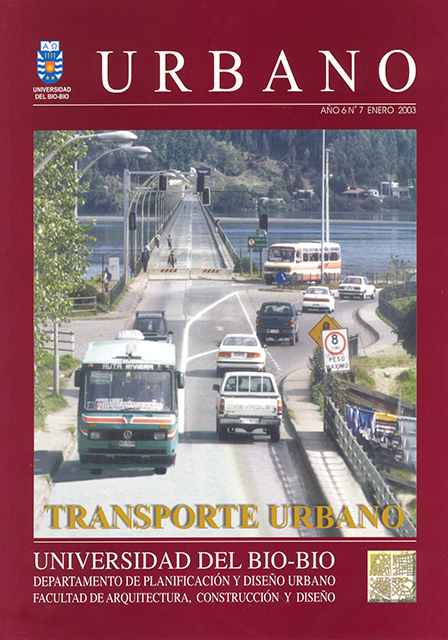Tomé, futuro turístico y renacer industrial
Abstract
La ciudad de Tomé, ubicada en la ribera N.E. de la bahía de Talcahuano, distante a sólo 32 kilómetros al norte del Gran Concepción, se ha desarrollado económica y territorialmente por los diferentes aconteceres que le ha correspondido presenciar durante la historia. Es así como encontramos vestigios de la grandeza de su apogeo pesquero, portuario, molinero, vitivinícola y textil, tanto en el ordenamiento de su trama urbana como en obras arquitectónicas que muestran un claro reflejo de las inmigraciones extranjeras que se vieron atraídas por esta próspera ciudad, que nació como caleta de pescadores y se transformó en un centro industrial de gran importancia nacional. Tal fue su significancia dentro de las zonas costeras del país que en el año 1858, el Congreso Nacional declaró a Tomé Puerto Mayor, lo que se tradujo en un aumento importante de la población, la industria y las actividades que esto conllevaba.
Downloads
Downloads
Published
How to Cite
Issue
Section
License
The content of articles which are published in each edition of Habitat Sustentable, is the exclusive responsibility of the author(s) and does not necessarily represent the thinking or compromise the opinion of University of the Bio-Bio.
The author(s) conserve their copyright and guarantee to the journal, the right of first publication of their work. This will simultaneously be subject to the Creative Commons Recognition License CC BY-SA, which allows others to share-copy, transform or create new materials from this work for non-commercial purposes, as long as they recognize authorship and the first publication in this journal, and its new creations are under a license with the same terms.![]()























